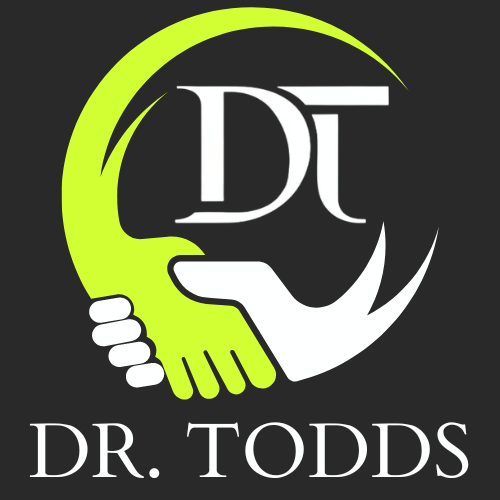What an Organic SEO Agency Actually Does (And Why It Matters)
If you’ve ever Googled something and clicked one of the first links that popped up, you’ve seen SEO in action. SEO (Search Engine Optimization) is what helps websites show up higher in search results. But [...]
The Biggest Challenges Facing Entrepreneurs Today: Navigating a Complex Business Landscape
Entrepreneurs today are navigating a complex and rapidly changing landscape. As they strive to establish and grow their businesses, they encounter a myriad of challenges that can hinder their success. Among the most pressing issues [...]
The Biggest Challenges Facing Entrepreneurs Today: Navigating a Complex Business Landscape
Entrepreneurs today are navigating a complex and rapidly changing landscape. As they strive to establish and grow their businesses, they encounter a myriad of challenges that can hinder their success. Among the most pressing issues [...]
The Latest Business Trends to Avoid in 2025 for Sustainable Growth
As the business landscape evolves, staying ahead means recognizing the trends that could jeopardize success. Businesses should focus on avoiding trends driven by superficial hype rather than genuine consumer needs or long-term value. Marketers and [...]
The Top Features to Look for in a Reliable White Label SEO Partner
When you're considering a white label SEO partner, you're essentially choosing someone to represent your brand's reputation. That’s no small thing. Whether you're a digital marketing agency looking to expand your services or a consultant [...]
From Micro to Macro: The Different Tiers of Influencer Marketing Explained
If you’ve spent any time online, you’ve probably seen influencer marketing in action. It’s that well-loved fitness guru sharing their favourite protein brand or a tech reviewer showing off the latest gadgets. But did you [...]





